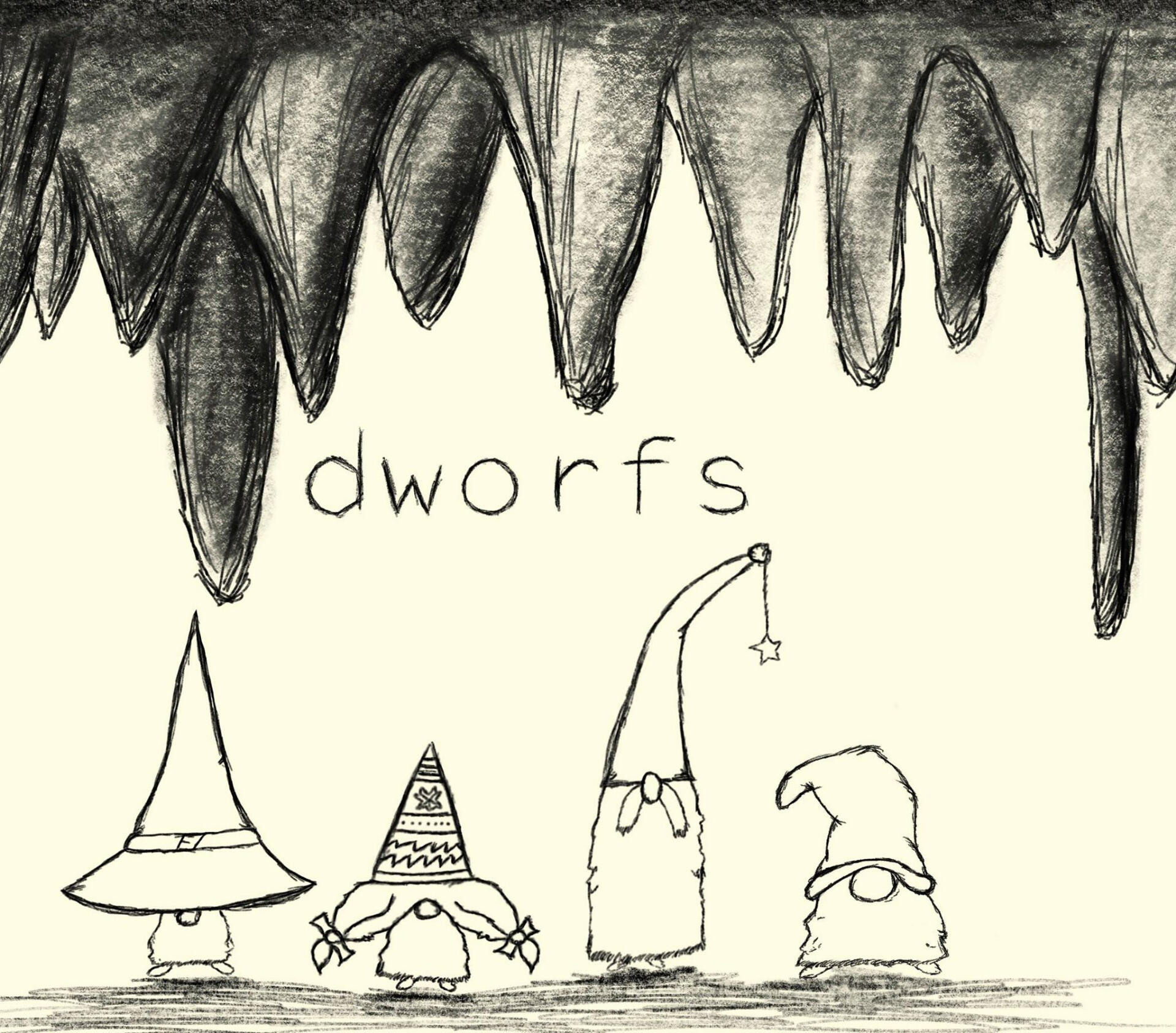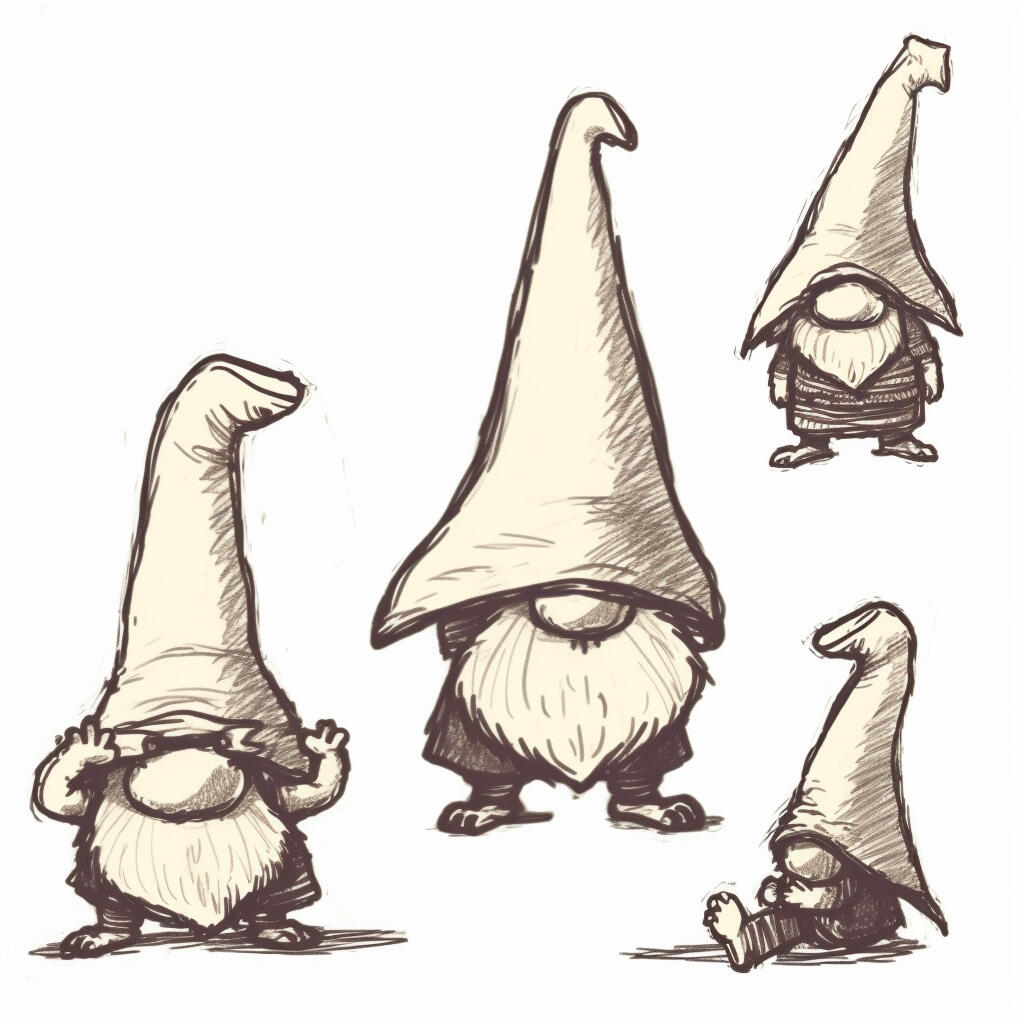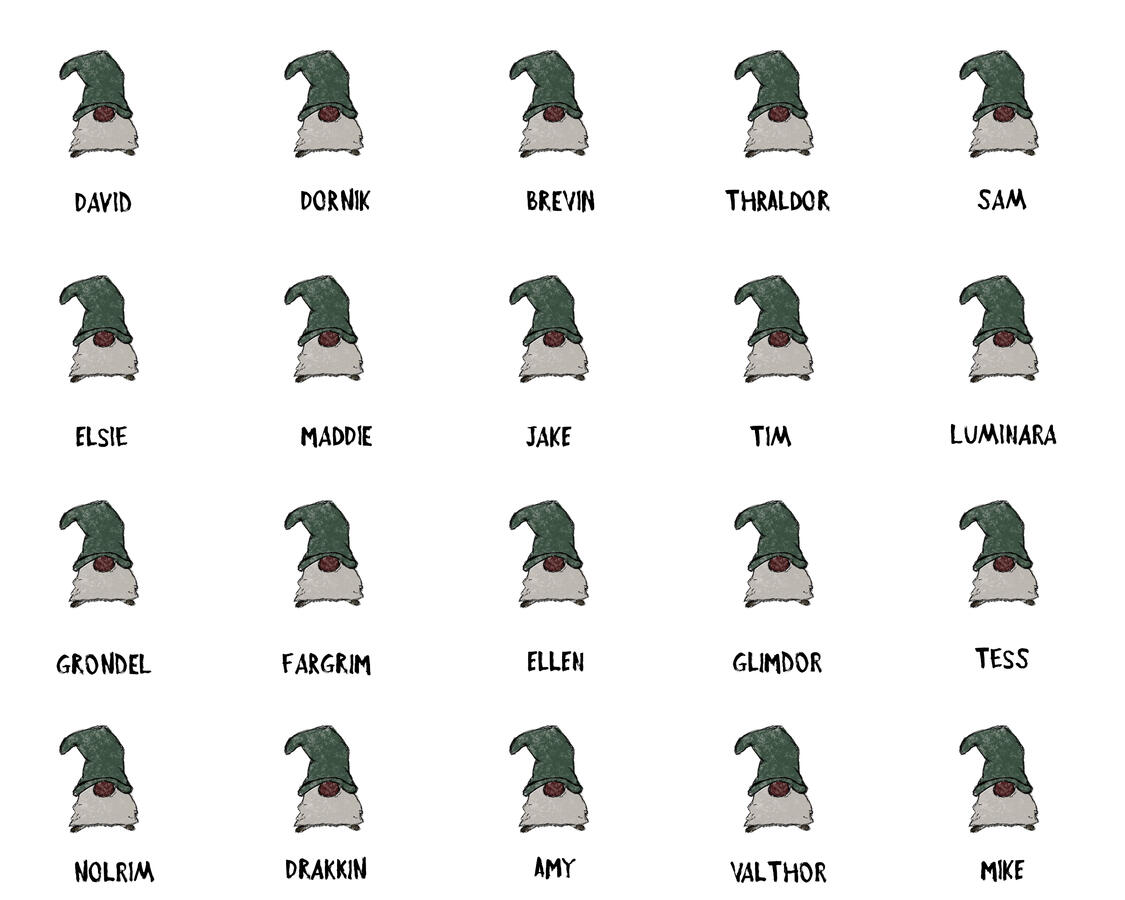
Coming Soon...Eventually
The Somewhat Comprehensive, Occasionally Accurate, and Mildly Amusing Dworfen Book of Not-So-Common Knowledge
I. DWORFS: Those Stubby Shiny-SeekersShinies: To a Dworf, a shiny is worth a thousand words, mostly 'mine'. Hoarding these gleaming bits is not just a hobby, it's practically a life calling.Sworn Enemies and Annual Picnics: Urks and Alves - two groups who’d never get an invitation to a Dworf tea party. Urks, despite their usefulness in the 'bones and skins' department, have a bad habit of crashing without notice. Alves, on the other hand, have trees and Life Stones, which are like shinies, but shinier.Dealing with Hooms: Picture a creature that wants your stuff, but is willing to give you other stuff for it. That's a Hoom for you. Occasionally, they muster up the nerve to try a raid, but usually end up knocking at the wrong mountain.Big’uns and Lil’uns: Two groups best observed from a distance, preferably from behind a sturdy rock or a thick book.Love and Molten Trinkets: When Dworfs get all mushy, they melt their shinies and make a baby Dworf. It's romantic... in a metallurgical sort of way.The Big Gal Up There: Ol’Nan is a big deal. Gave the first shiny, told some old tales, and is quite fond of love, creation, and communal potlucks.II. URKS: A Bit Bloodthirsty, Mostly Just ThirstyDworfen Cravings: Ever have a hankering for a snack? Urks feel that way about Dworfs. And their sparklies.Gods with Cleaning Issues: Blerd and Vinelisht, the messiest gods you'll ever not want to meet. The Urks, however, reckon they'll be the next big thing in divine circles.Babies and Battle Residue: You don't want to know where baby Urks come from. No, really.III. ALVES: Trees, Stones, and Existential CrisesDworfs and Hugs: Alves love Dworfs. They also love hugging. And possibly hugging Dworfs.Tree-Huggers: They hand out wood like it's going out of style. But if you fancy a Life Stone, you'd better sit through their 'Handle with Care' seminar.Godless Philosophers: They believe in forging your path and, occasionally, making your own cutlery. Gods? Not their cup of tea.IV. HOOMS: Masters of OverthinkingBrainy Braggarts: They think they're the bee's knees, the cat's meow, and the toad's... well, they think highly of themselves.Decision Paralysis: Hooms can't decide on lunch, let alone theology or gender. But once in a blue moon, one of them will stand up and decide everyone's breakfast.V. BIG'UNS: Less Bite, More BarkThe Gourmet Giants: They could eat you, but you probably won't taste right. No offence.Peace Lovers: Show a Big'un a raised fist, and they'll show you their raised heels.VI. LIL'UNS: Godly, but Easily DistractedEveryone's a Big'un: In the eyes of a Lil'un, the world is just varying degrees of bigness.Borrowers (without the Returning Part): If they can lug it, it's theirs.VII. MAGIX: Because Physics Needed a Day OffBaffling to All: It's the thing everyone's scratching their heads about, usually with explosive results.The Learnery: A place for the curious and the brave. Mostly the brave. Actually, just the brave.VIII. UNDERPITS: Where Nightmares Have NightmaresHome of Horrors: Think of the scariest thing. Now add teeth. Welcome to the Underpits.Golden Lures: All that glitters is not gold. But there's definitely gold down there. And other shiny things.There you have it - an almost definitive, somewhat factual, and mostly made-up guide to the world of Dworfs. Safe travels! Or at least, mildly entertaining ones.

Four rows of five
Your rickies come alive
Twenty is plenty
It isn’t tricky
Just name each ricky
Even though they’re all the same
The change comes from the nameDavid Lynch
Ricky Boards
Within the diverse canvas of human creativity, artists like David Lynch remind us that boundaries between mediums are permeable. Renowned for his surreal films, Lynch's lesser-known "Images" revealed another facet of his imagination: a meticulous arrangement of deceased flies, termed Ricky Board collages. While each 'ricky' in the board is identical, the exercise he proposes in “Do It: The Compendium” is revelatory. By giving twenty identical entities twenty distinct names, Lynch demonstrates the transformative power of perception. It's a profound commentary: Even in uniformity, a simple divergence—like a name—can craft distinct identities and narratives. The essence? Difference, even in minutiae, constructs meaning.
